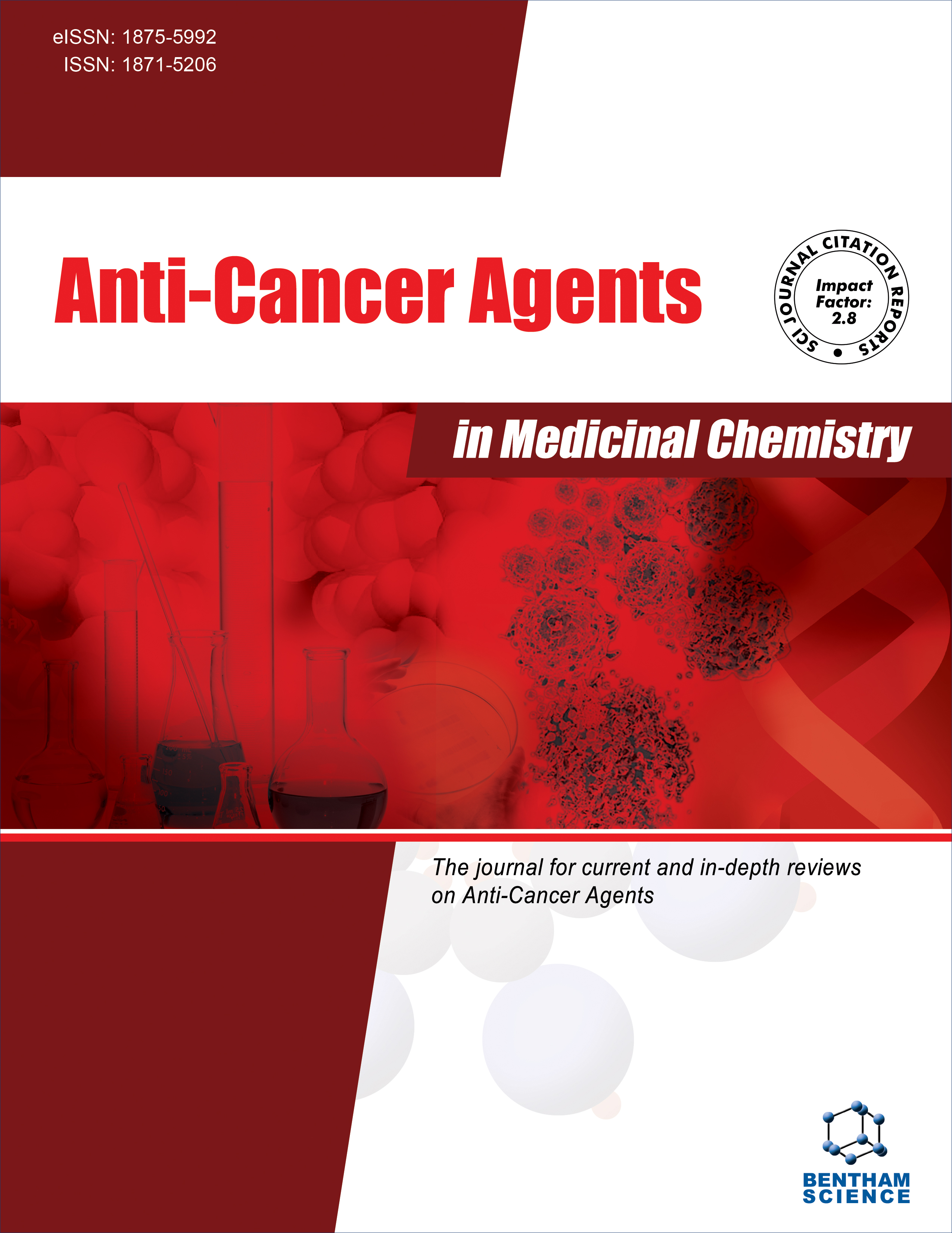
Full text loading...

Lung cancer remains a leading cause of cancer-related deaths worldwide, with its incidence continuing to rise. Despite advancements in clinical treatments, their effectiveness is often restricted, emphasizing the need for novel therapeutic strategies. Natural products have long been explored for drug development, and among them, polysaccharides have gained significant attention due to their biocompatibility, biodegradability, and multiple biological functions.
A comprehensive review examined contemporary research on the anticancer properties of natural polysaccharides, focusing specifically on their effects in lung cancer. The analysis included studies investigating their influence on cancer cell growth, immune system modulation, and therapeutic outcomes. Evidence from laboratory (in vitro), animal (in vivo), and clinical studies was evaluated to provide a comprehensive overview of their potential role in lung cancer management.
Findings from recent studies indicate that polysaccharides can effectively inhibit the proliferation of lung cancer cells, thereby slowing tumor development. These compounds also appear to enhance immune responses by activating various immune cells and regulating cytokine production. Furthermore, polysaccharides have been shown to positively affect the gut microbiota, which may contribute to improved drug efficacy and a reduction in resistance to chemotherapy.
The evidence suggests that natural polysaccharides exert multifaceted effects in the context of lung cancer treatment. Their ability to directly suppress tumor growth, modulate the immune system, and interact with the gut microbiome positions them as promising adjuncts to existing therapies. However, the precise molecular mechanisms underlying these effects are not yet fully understood, and variability in study designs warrants cautious interpretation of the results.
Natural polysaccharides represent a promising complementary approach for lung cancer therapy, given their potential to inhibit tumor progression, enhance immune function, and improve the effectiveness of conventional drugs. Continued research is essential to fully elucidate their mechanisms of action and to translate these findings into effective clinical interventions.

Article metrics loading...

Full text loading...
References


Data & Media loading...